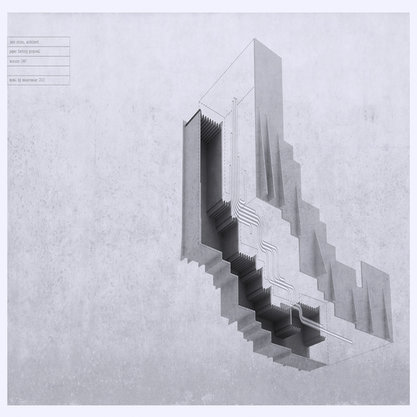Article
Turki, Zoubeïr (1924–2009) By Gerschultz, Jessica
Article
Zoubeïr Turki was a Tunisian artist and illustrator. He studied at the Zaituna Mosque-University and received his artistic training at the École des Beaux-Arts in Tunis and in Stockholm, where he resided from 1952 until 1959. Upon returning to Tunisia he exhibited with the École de Tunis, an elite group of artists tasked to formulate a national artistic modernism. Turki’s drawings and paintings centered on stylized portrayals of quotidian life and historical and popular figures. He was on the editorial board of Faïza, the journal founded by Safia Farhat, and illustrated this and other periodicals, literary works, and advertisements. Along with Farhat and Abdelaziz Gorgi, Turki designed murals and sculptures for state-owned offices due to the 1 percent law, which allotted one percent of a civic building’s budget to its decoration with modern artwork. The largest of these murals, executed in 1962, is in the Radiodiffusion Tunisienne in Tunis and depicts a performance of maluf music. From the 1970s Turki was an official cultural advisor. He founded the Union Nationale des Arts Plastiques de Tunisie in 1975 and joined the National Assembly in 1979. His collection of 28 drawings, Tunis naguère et aujourd’hui (1961), was republished in 2005.

